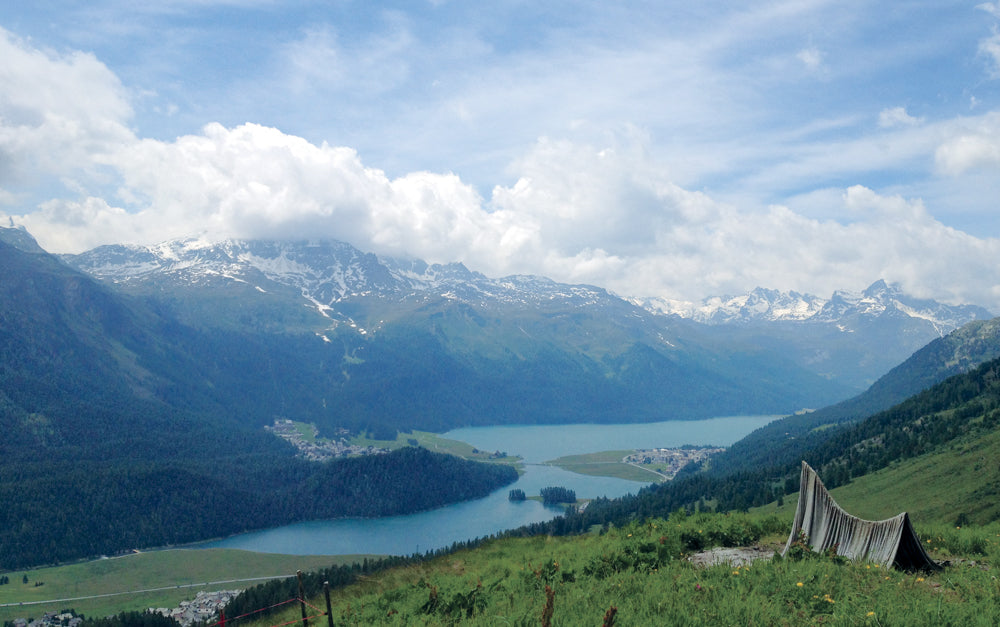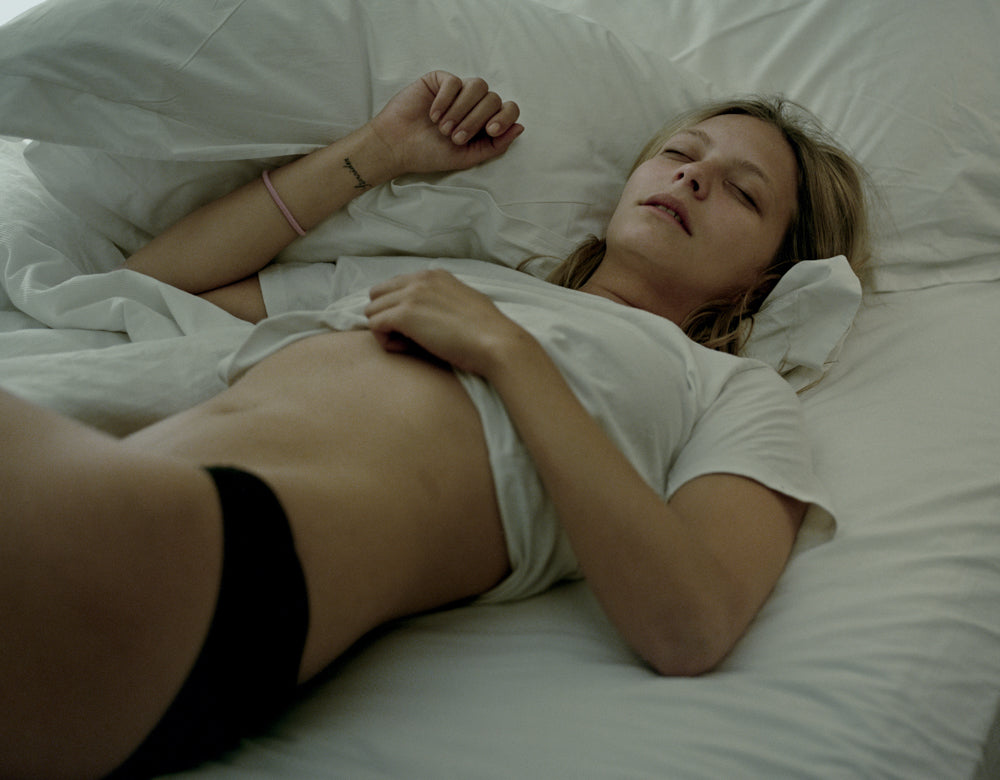
Art Of The World
ART OF THE WORLD

Thiago Rocha Pitta
This past summer, if you happened to be hiking in the Swiss Alps high above the ski resort of St. Moritz, you might have come across a small, solitary tentlike structure with a commanding view over the Engadine Valley. Made of fabric dipped in concrete, the little one-man shelter not only offered a place for rest and contemplation amid the rugged alpine landscape but also seemed to gather the grandeur and power of the surrounding mountains into its somber gray folds.
A camping tent metamorphosed into a piece of sculpture, Hermit was a temporary installation by the Brazilian artist Thiago Rocha Pitta, and part of the 2012 annual St. Moritz Art Masters, a festival exploring the relationship between nature and culture. It’s a theme that intrigues the 32-year-old Rocha Pitta, who investigates it through photography, drawing, video, painting, sculpture, performance and installations. Hermit is a good example of his aesthetic means: a man-made intervention exposed to the weather, subjected to the elemental forces conjured by the natural environment.
It’s an intensely poetic vision, and if the mountainside sculpture evokes the nature-possessed Romanticism of 19th-century German artists like David Caspar Friedrich, Rocha Pitta also reminds us that the philosopher Friedrich Nietzsche called the Engadine “the birthplace” of his book Thus Spake Zarathustra, one of the period’s great intellectual monuments.
Rocha Pitta’s first exhibitions date from ten years ago and ever since he has shown all over Brazil and internationally at PS1 in New York, and the Jumex Collection in Mexico City. With MoMA already owning some of his video work in their permanent collection, he is certainly one of the more prominent figures of the post-dictatorship generation of Brazilian artists.

“Drawing is a daily activity. For me, it’s like writing — where I exercise and improve my vocabulary, where I organize my ideas.” Thiago Rocha Pitta
Rocha Pitta was a natural invitee to the 30th São Paulo Art Biennial (September 7-December 9), appropriately titled The Imminence of Poetics. His contribution to theinternational exhibition, a group of concrete tents arranged like a ghostly graveyard on a field of earth in the vast Oscar Niemeyer-designed Biennial pavilion, inverts the dynamic of the St. Moritz installation. This time nature is brought indoors in the form of grass seeds in the famously dark red soil of São Paulo that will germinate and grow over the course of the show, bringing the inanimate work to life and completing the art-making process.
Rocha Pitta, who was born in into an artistic family in the small colonial town of Tiradentes, now lives in São Paulo’s hilly Lapa neighborhood, where many artists have moved recently in search of space and cheaper rent. There are breathtaking views of the mountains at the west-end of the seemingly never-ending city from his living room window, but descending into his vast studio is like entering some chemist’s laboratory spread about with bags of cement and buckets of salt water: some of Rocha Pitta’s works involve allowing spectacular stalactite-like deposits of salt to build up over time.
Another work that involved salt was the Youth installation and performance piece he created for the 2006 Singapore Biennale. A large sheet metal boat was filled with salty water and the coals and wood around the boat where then put on fire, making the water evaporate slowly but surely, leaving painterly traces of dried salt on the shiny surface.
Boats were a consistently recurring object for many years in the artist’s oeuvre, including a video he made of two trees, floating on the ocean in a small abandoned boat. The cycle ended with a performative video piece in which the boat gets put in a hole and covered with earth, a ceremonial action in which the burial of the movement of the boat can be read as the ending of a voyage.
For the artist all the sculptures he makes are extremely temporal. Sculpture happens: it evaporates, gets wet or burns. But he begins most projects in a small way: “Drawing is a daily activity,” he says. “For me, it’s like writing — where I exercise and improve my vocabulary, where I organize my ideas.” But no matter the scale or the medium, Rocha Pitta’s work always centers back on the essential questions: nature, time, and the relations we humans establish with them.


